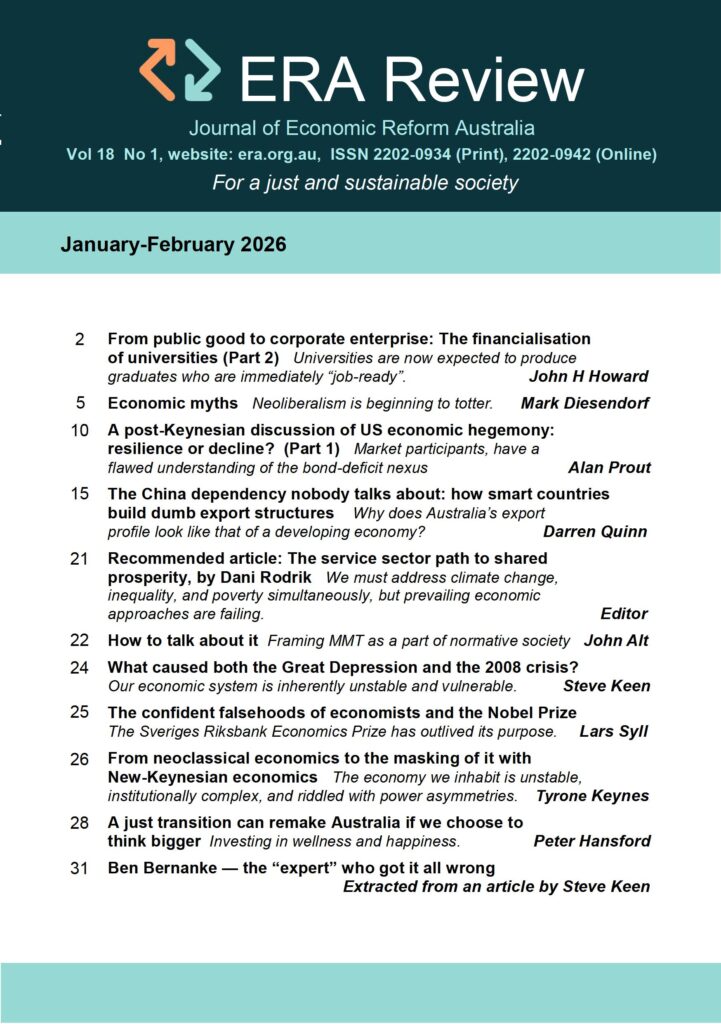Population growth, and the which way is up problem, in economics
Dean Baker
A recent newspaper column by Paul Krugman commented on data showing continuing low fertility rates, which is likely to mean a stagnant or declining working age population in future years. Krugman points out that this is no big deal; Japan and Europe have been living with declining working age populations and have managed just fine.
But he does point out that a declining working age population is likely to lead to lower rates of investment and there- fore creates a risk of “secular stagnation,” a sustained period of inadequate demand in the economy.
To counter this problem, Krugman has recommended some large-scale public investment programs which are along the lines proposed by President Biden but considerably larger.
All this seems very much on the mark, but it is worth contrasting this with the concerns raised by the deficit hawks for the last four decades.
Their concern was always that when the baby boomers retired they would still be consuming things, but that there would then not be enough workers to produce the goods. This was a story of too much demand and too little supply. That is a story of inflation.
In other words, the concern that the deficit hawks have been raising forever is the complete opposite of the problem that the economy is likely to face as the economy ages.
Instead of having too much demand, it looks like we will have too little demand. We will actually need the government to run large deficits to keep the economy close to full employment.
Not only were the deficit hawks wrong about the magnitude of the problem, but they were also wrong about the direct- ion. As the old saying goes, “economists are not very good at economics.”
Source: Real World Econ Rev, 19 May 21 https://rwer.wordpress.com/2021/05/19/population-growth-and-the-which-way-is-up-problem-in-economics/

Dean Baker is a United States economist and is a cofounder of the Center for Economic & Policy Research (Washington DC). He was one of the first to identify the 2007–08 US housing bubble.[su_spacer size=”10″]































